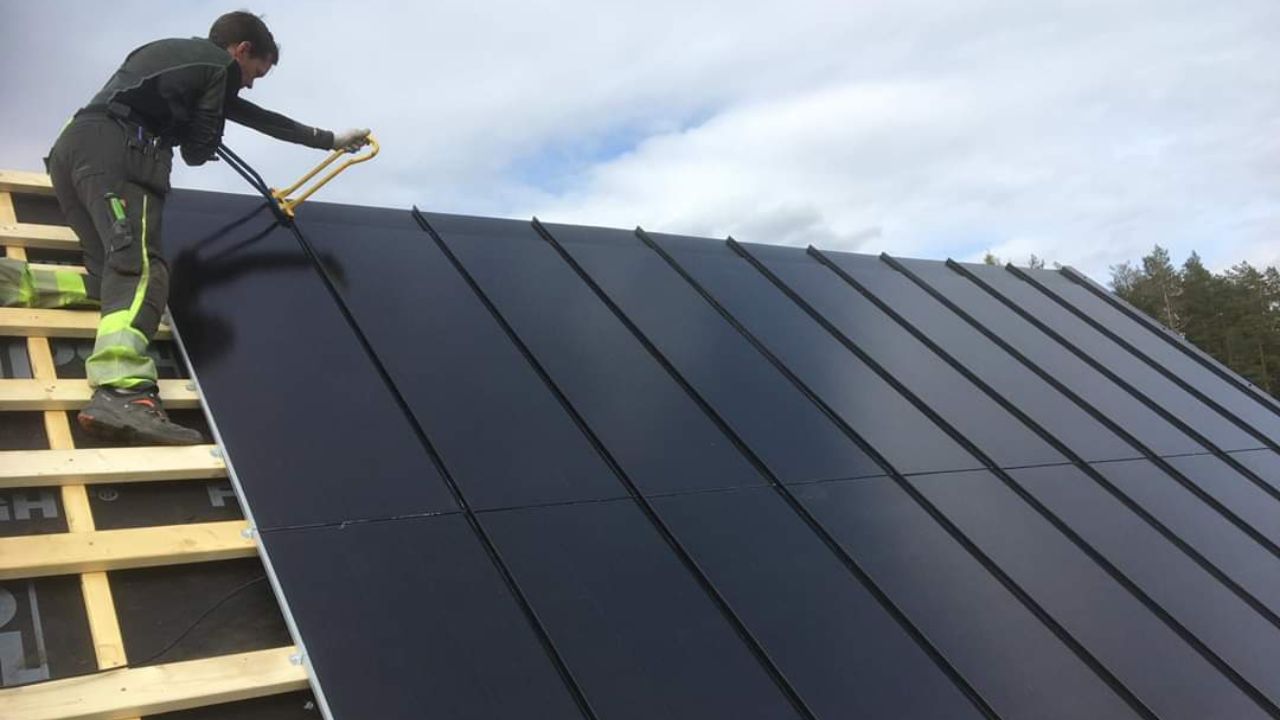In the field of green architecture and energy conservation, Building Integrated Photovoltaics (BIPV) have come to the forefront as a multi-functional product which apart from providing energy in the form of electricity also provides architectural and functional value addition. These new solar panels are created to be integrated into construction structures and become an in-built power source that is incorporated into various structures. Here is a breakdown of how BIPV system manufacturers are changing the way solar technology is incorporated into various structures.
Enhancing Architectural Integration
In this respect, one of the main strengths of BIPV products is the integration with other architectural components. While conventional solar panels can be installed on rooftops or in large open spaces, BIPV modules can be integrated into various building facets. This means external and internal façade, windows, skylights, conservatories attached to the house, trellises, and even the railings of the balcony. Through these surfaces, architects and developers can tap solar power while at the same time not affecting the general outlook of the building.
Versatility Across Applications
The versatility of BIPV is not limited to the conventional residential and commercial buildings. These solar solutions are being adopted in various structures, be it commercial buildings, residential buildings, schools, colleges, industries, and more. The flexibility of BIPV to be installed on any surface that is exposed to sunlight makes it a suitable solution for increasing the amount of renewable energy without having to occupy more land.
Environmental and Economic Benefits
Besides aesthetic value, BIPV products play a very important role in environmental conservation. Through the use of solar energy, BIPVs installed in buildings diminish the use of fossil fuels and hence decrease the emission of greenhouse gases. This is in line with international policies and strategies towards fighting climate change and moving to renewable energy sources. Furthermore, the long-term impacts of BIPV installations are the cost savings on energy and even revenue from the electricity that can be sold back to the utility.
Technological Advancements and Efficiency
There has been improvement in the BIPV technology since its invention through the improvement of its efficiency and performance. New BIPV modules are designed to blend with construction materials and provide better appearance and durability while providing high energy conversion efficiency. Advancements in fabrication technologies have also seen the reduction of manufacturing costs; thus making BIPV more affordable to projects and applications.
Challenges and Considerations
However, the integration of BIPV products into building projects comes with several advantages and this must be well understood. Orientation, shading, and local building codes are some of the aspects that may affect the viability and performance of BIPV systems. Moreover, architects and developers need to work together with solar professionals to implement the right strategies for the design, installation, and maintenance of BIPV systems to increase their durability and efficiency.
Conclusion
Therefore, it can be concluded that BIPV is a new generation of solar power technology that provides versatile solutions that can be incorporated into any building where light reaches. Incorporating the use of the sun in an inventive manner, BIPV not only increases the efficiency of energy use but also the beauty and sustainability of contemporary buildings.
